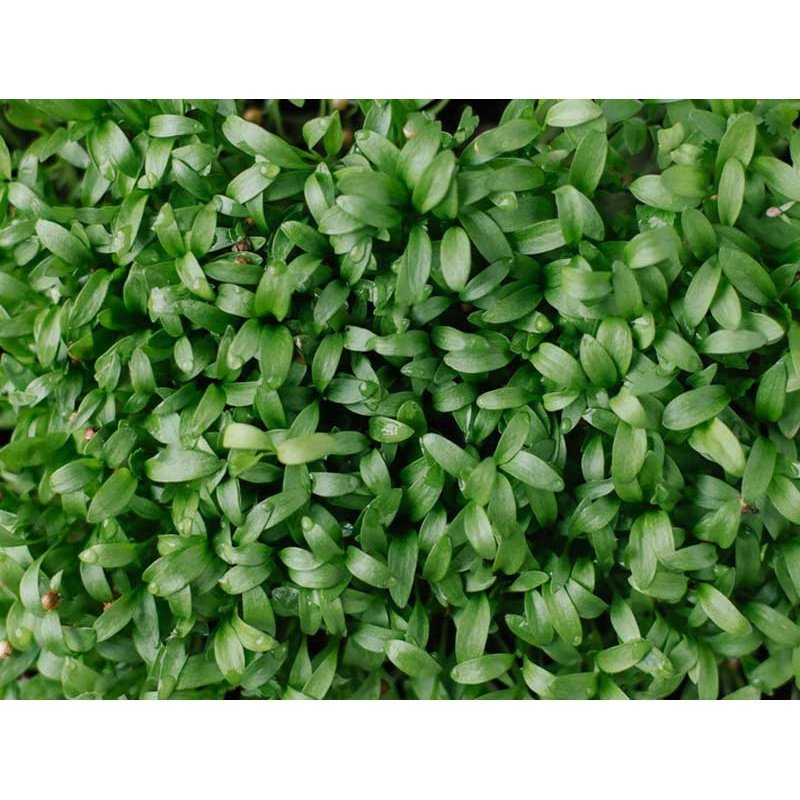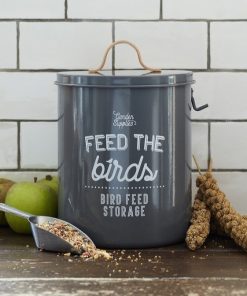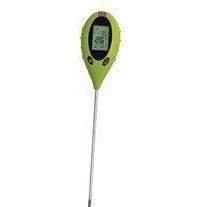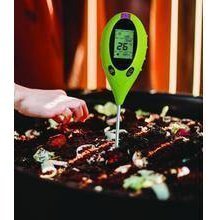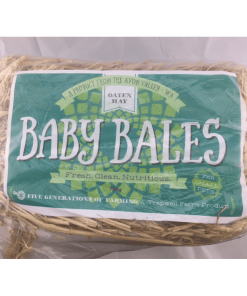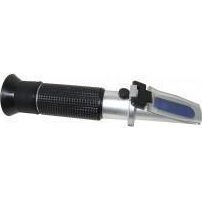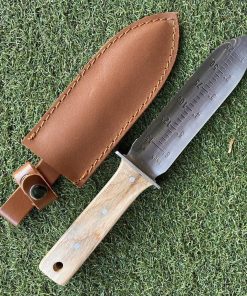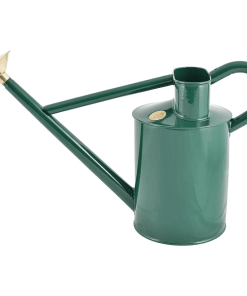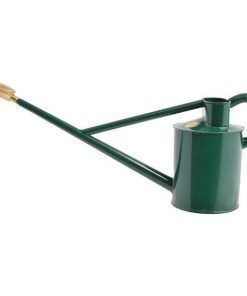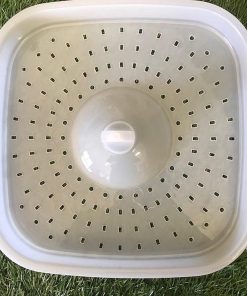Microgreen/Sprouting Seeds – Coriander – 50g Urban Revolution Australia
$ 9,95 $ 5,97
Growing microgreens and sprouting are two of the easiest, fastest, most nutritious, and most rewarding things you could possibly grow at home. You may need a green thumb to grow fruits and vegetables but not for sprouts!
Coriander Microgreens
- An aromatic specialty micro-herb.
- Full-strength coriander taste.
- A slow growing variety that is worth the wait.
- 25 x 50 cm tray yields approx. 180 grams of microgreens.
How to Grow Coriander Microgreens:
- Pre-soak seeds for 4 – 8 hours.
- Sow rate: 28 grams for a 10 x 20″ growing tray.
- Grow in soil, not hydroponic method.
- Add 2 – 3 cm of soil to tray. Flatten soil to level. Moisten soil. Sprinkle seeds evenly over surface. Sprinkle with light layer of soil. Lightly water. Cover seeds with a growing tray.
- Store in a well ventilated, dark spot to germinate. Water 1 – 2 times daily. Keep covered for 7 – 10 days. Please note: germination rate may be uneven. Coriander microgreens require patience.
- Remove top tray and expose it to indirect light. Water twice daily. Harvest: 21 – 28 days.
Coriander Seed Details:
- Botanical name: Coriandrum sativum (not slow bolt)
- Non-GMO.
- No chemical treatment.
- Open pollinated variety.
- Seeds per gram: 70 – 90.
Health Benefits of Microgreens and Sprouts
- Incredibly nutrient dense and low in calories. One study found that “some microgreens contain up to 40 times higher levels of vital nutrients than their mature counterparts” [1].
- Makes seeds easier to digest.
- Essential minerals and nutrients contained within the seeds/legumes become more bioavailable after sprouting (i.e. the nutrients become easier for your body to absorb and use).
- Delicious addition to a salad, sandwich, smoothie or other meal. Add a crunch or a peppery zing depending on the type you choose (see a list of different microgreens/sprouts and their tastes here).
What’s the Difference Between Microgreens and Sprouts?
Both microgreens and sprouts are the young shoots of germinated seeds – essentially baby plants. You can grow grains, legumes, nuts and seeds as sprouts or microgreens and people are now fully realising the benefits of eating these young plants.
Sprouts are not grown in soil or other growing medium but rather are germinated with only water, usually in a jar or on a paper towel. They do not need light but require rinsing/misting at least twice per day, are ready to eat in 3-5 days and both the seed and plant are consumed.
Microgreens are grown in soil, a hydroponic growing pad or another growing medium such as cocopeat. They require light, are usually ready to eat in 5-15 days depending on what you’re growing, and are generally cut off above the soil so only the stems and leaves are consumed.
For further information see our article – 5 Ways To Grow Microgreens and Sprouts
How to Store Microgreen and Sprouting Seeds
Store seeds in a cool, dry place (under 10°C) or in an airtight container in the fridge. Do not expose to moisture or direct sunlight, Grains, cereals & pulses should be refrigerated.
*** Due to quarantine restrictions we are unable to send seeds to Tasmania or South Australia***
Quick Shipping and Professional Packaging
Due to our longstanding partnership with UPS FedEx DHL as well as other top international carriers, we are able to provide a range of shipping options. Our warehouse staff are highly trained and will pack the goods according to our precise and exact specifications. Before they are shipped, your goods will be thoroughly examined and secured. We deliver to hundreds of thousands of customers every day in different countries. This demonstrates our dedication to become the biggest online retailer in the world. Both Europe and the USA have distribution and warehouse centers.
Note: Orders that contain more than one item are assigned a processing time depending on the item.
Prior to shipping, we examine the items ordered thoroughly before sending the items. The majority of orders will be shipped within 48 hours. The delivery time should be between 3 and 7 working days.
Returns
We are not able to manage the stock at our warehouse or factory. The stock levels may fluctuate at any given time. It's possible that the stocks could be depleted after the order has been made.
Our policy is valid for 30 days. Unfortunately, if the 30 days have elapsed after you bought your item, we will not be able to provide a refund or exchange.
In order for your item to be returned it must be in its original packaging, unopened and in the same state as you received it in. The item must be returned in its original packaging.
Related products
Garden
Garden
